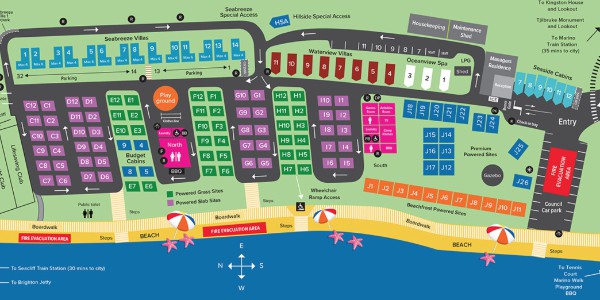Put Your Hand Up (WT591)
Blog
This week’s theme is about “Independence”.
Years ago one of my bosses was telling me a story about his grandchildren.
He had three grandchildren – twins and an elder sister.
“The eldest is so independent. She will not accept help of any kind”, he said.
“When I offer her help (and she’s only 4 years old), she replies “My Can Do It”, he continued.
“The twins are completely different. Not only do they accept my help, they will often ask for it, “Grandpa, I need you to help me”, he added. (They were 3 years old at the time.)
I find this fascinating that right from the get-go, we are different in how we respond to accepting help.
This week I’ve been working with lots of clients who are similar to the elder sister.
“My can do it.”
Yes you can. And it’s ok to ask for and accept help. Afterall, aren’t the independent ones, the ones to be the first to offer help.
Imagine if we all said, “My can do it”. None of us would have the gift of being able to help.
Which of the grandkids are you most like?
If you’re like the eldest, could you please reframe your mindset and tone down your independence by asking for and accepting help?
We’re all in this life together.
It’s ok to put your hand up.
If you don’t put your hand up, consider yourself stingy.
What? Stingy?
Yes, stingy. Stingy because you are depriving others of the joy of helping or put another way, what if I said to you, “You can’t help anyone else until you accept help from another”. Would that encourage you to put your hand up.
This week, I encourage you to be open and honest with those who care about you. Putting your hand up and asking for or accepting help takes courage.
Be courageous and put your hand up.
P.S. Invite your friends to get the Weekly Thoughts delivered directly to their inbox. Go to https://shirleydalton.com/weekly-thoughts.











